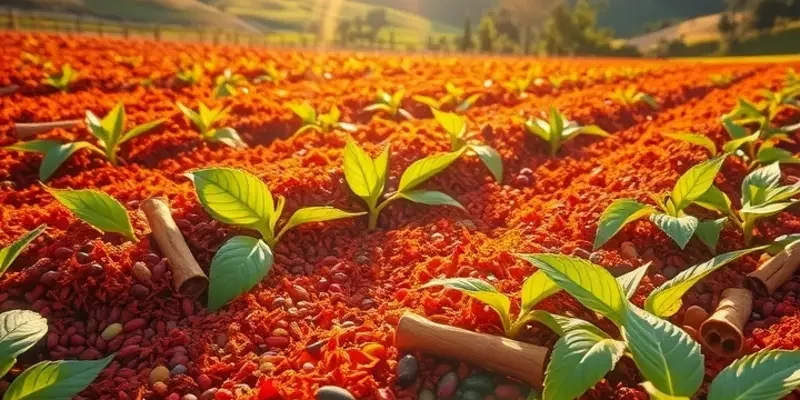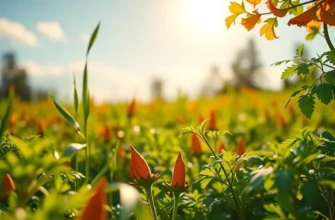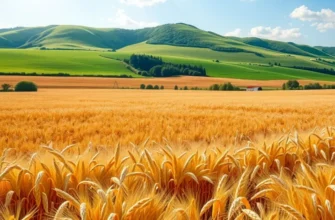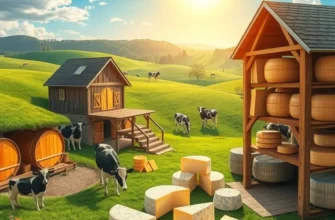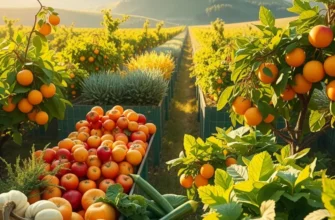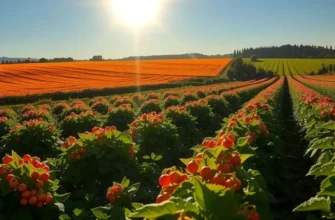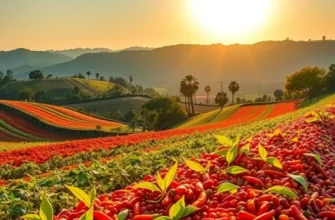Spices are more than just flavor enhancers; they are the threads woven into the fabric of cultural history around the world. From the bustling bazaars of Marrakech to the aromatic kitchens of India, every spice tells a story of exploration, tradition, and shared heritage. This exploration invites food lovers and culturally curious minds to appreciate the unique roles spices play across various cuisines, enhancing not only dishes but also social interactions and cultural practices.
The Spice Routes: A Historical Overview

Spices have long held the captivating power to connect lands separated by vast oceans and daunting landscapes. Central to this narrative are the ancient spice routes, networks that facilitated the flow of goods, ideas, and culinary practices between East and West. Over the centuries, these routes have deeply influenced global trade and cuisine, leaving an indelible mark on cultures across continents.
Pepper, cinnamon, and saffron are three spices with storied pasts. Black pepper, originally from the Western Ghats of India, was known as ‘black gold’ for its high value in ancient commerce. By the time of the Roman Empire, it was a staple in European kitchens, prized for its ability to preserve food and add depth to dishes. Pepper’s journey entrenched it as a culinary foundation across continents, influencing cuisines from Roman times to modern culinary practices.
Cinnamon, another key player, originates from the lush, tropical landscapes of Sri Lanka. Ancient Egyptians cherished this sweet and woody spice, using it in embalming rituals. Its spread to Europe was facilitated by Arab traders who kept the spice’s true origins a closely guarded secret to sustain astronomical prices. Over time, cinnamon became synonymous with warmth and comfort, crucial in both sweet and savory dishes.
Meanwhile, saffron, the world’s most expensive spice, has roots in the arid regions of Persia. Its intense aroma and vibrant hue have made it a symbol of luxury and richness. Historical records reveal its widespread use, from offering vivid color to royal robes in ancient Persia to flavoring dishes in Moorish Spain. Saffron’s journey showcases the profound cultural exchanges inspired by spice trading.
The spice routes truly began with the quest for these aromatic treasures, driven by their culinary allure and not just economic incentive. Spices were critical in medieval Europe’s desire for exotic flavors, propelling explorers like Vasco da Gama and Christopher Columbus on their famed voyages. These journeys opened up new passages and altered the course of world history, paving the way for the Age of Discovery.
These routes did more than fuel the appetite for foreign tastes; they also served as conduits for cultural interaction. The exchange of spices propagated various culinary techniques and recipes, with spices becoming integral to identity and tradition. Middle Eastern and Mediterranean cuisines, in particular, boast rich tapestries of flavor, crafted through the skillful blending of spices that once traversed these legendary trade routes.
In examining the spice routes, we witness a web of interaction that transcends the simple trading of goods. They were dynamic pathways knitting together a global community through shared culinary heritage. Just as spices have the power to transform a meal, the routes they traveled sculpted the world as we know it, fostering connections that still resonate deeply in our kitchens today.
Culinary Influences: Spices in Global Cuisines
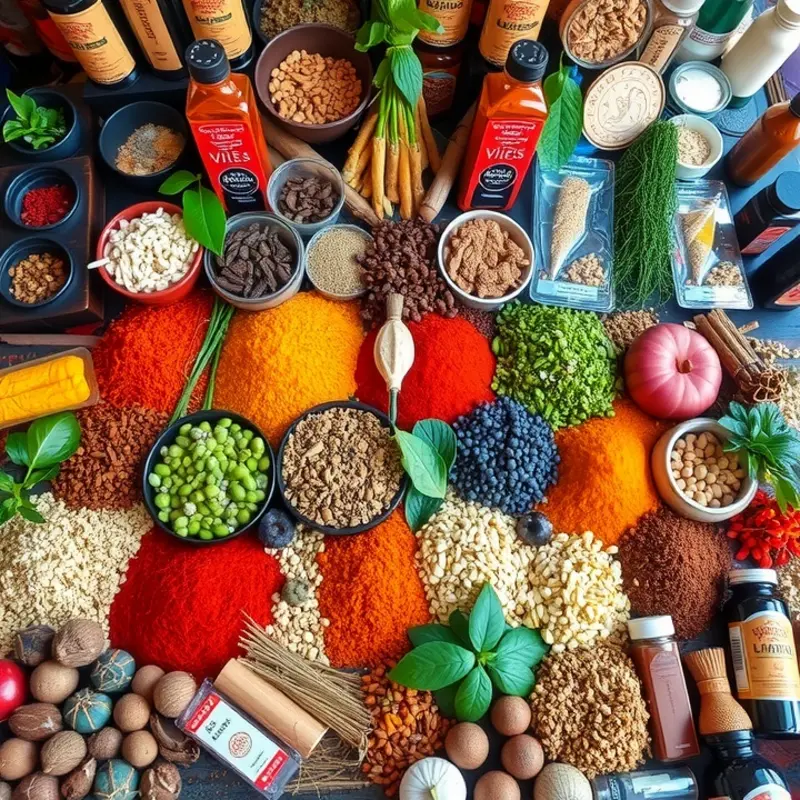
Spices are the heartbeats of many cuisines, shaping their identity by adding depth and character. Each spice carries a story reflecting its origin and its journey across cultures. From the bustling bazaars of the Middle East with their fragrant mounds of cumin and coriander, to the vibrant markets of India where turmeric reigns supreme, spices are the threads woven through the tapestry of global cuisines.
India: The Indian subcontinent presents an intricate blend of spices, from the cooling cardamom to the fiery chili pepper. No dish exemplifies this better than Garam Masala, a warm spice mix integral to Indian cooking. Each household might have its version, but common ingredients include cinnamon, cloves, and cumin. Beyond flavoring food, these spices carry cultural significance, often used in rituals and ceremonies.
Middle East: In Middle Eastern kitchens, sumac and za’atar are indispensable. Sumac, with its tangy profile, contrasts beautifully with the earthy balance of za’atar, a mix usually composed of thyme, sesame seeds, and other herbs. These spices reflect the region’s history of trade and blending of cultures, infusing dishes like Manakish, a popular flatbread, with their unique flavors.
Mexico: Travel to Mexico, and the scents of cumin intertwine with smoky chipotle peppers. Here, spices are central, not just culinary but cultural. Mole is a dish that captures this essence, using a complex blend of spices, including the rich bitterness of chocolate and the warmth of cinnamon. These ingredients tell stories of ancient Mayan and Aztec traditions.
Ethiopia: In Ethiopia, the spice blend Berbere reigns supreme. A mixture of chili peppers, ginger, basil, and other spices, Berbere is fundamental in Doro Wat, a spicy chicken stew. This blend is not only a culinary staple but a symbol of Ethiopian hospitality and culinary ethos.
Spices are also a daily affair, enhancing meals and contributing to health—a topic explored further in nutritional guides. In many cultures, they hold medicinal value and are used to promote digestion or cure ailments, demonstrating their integral role beyond mere taste. Spices often play crucial roles in ceremonies, religious festivals, and other significant life events, showing their importance in social practices.
As we embrace the culinary diversity of our global kitchen, understanding the role of spices offers us a lens into the traditions and tastes that have traveled through generations. Their importance in building culinary identities cannot be overstated, acting as keys unlocking stories of cultural significance from every corner of the world.
Final words
The history and diversity of spices offer a rich narrative of human experience, one that transcends borders and unites cultures. Each pinch of spice carries centuries of tradition and tells tales of trade, exploration, and culinary innovation. For food enthusiasts, understanding the profound impact of spices can elevate cooking into an art form that pays homage to its roots. Embrace the diverse flavors of the world, and let spices be your guide on a journey that celebrates heritage and fosters a deeper appreciation for what lies on your plate.

